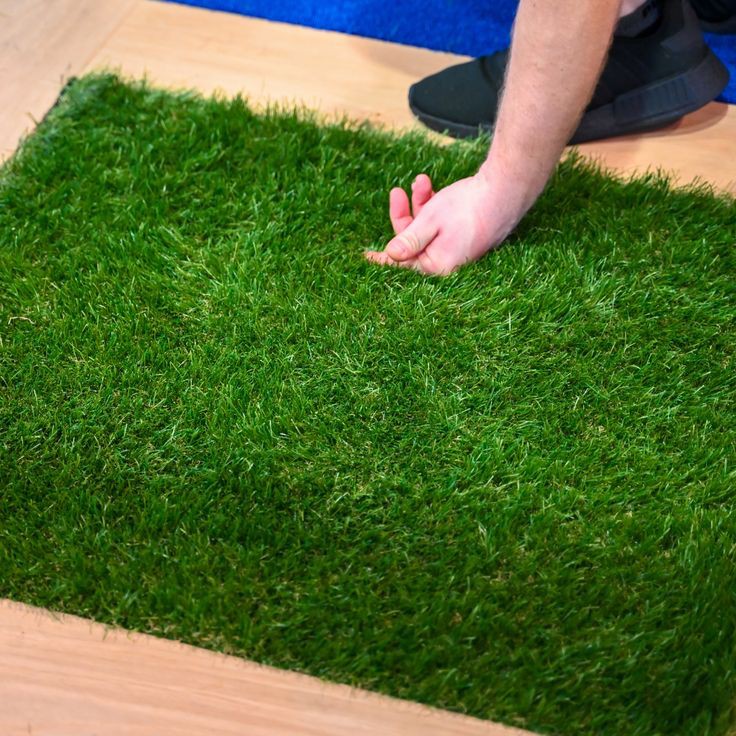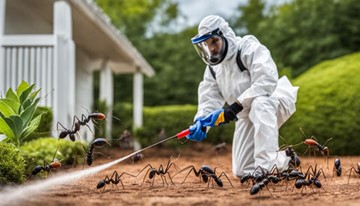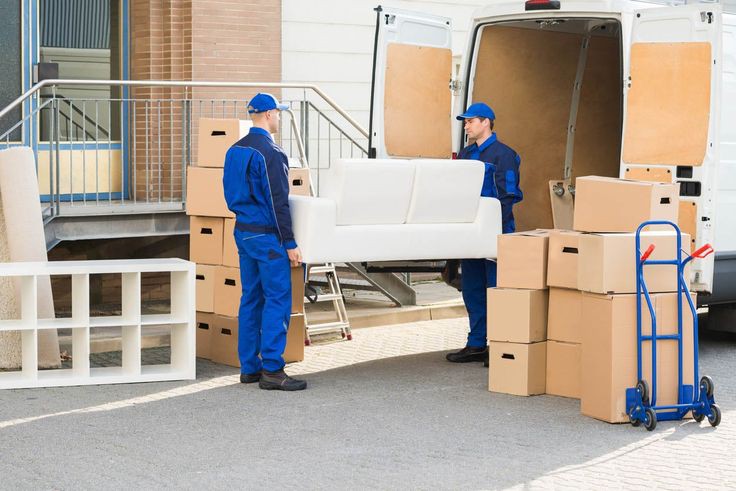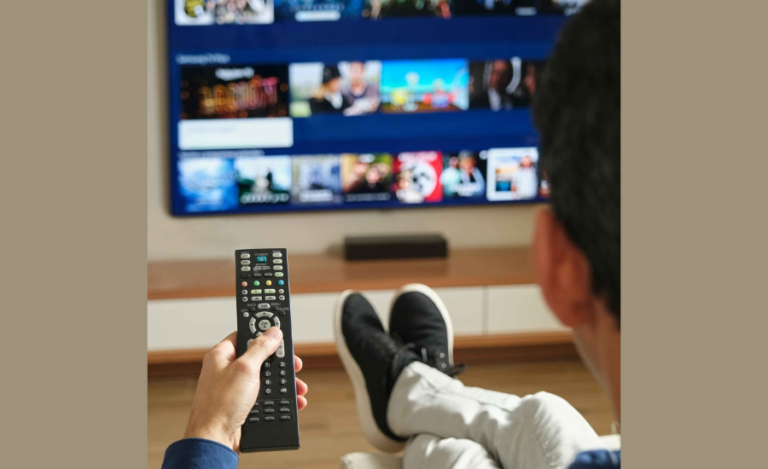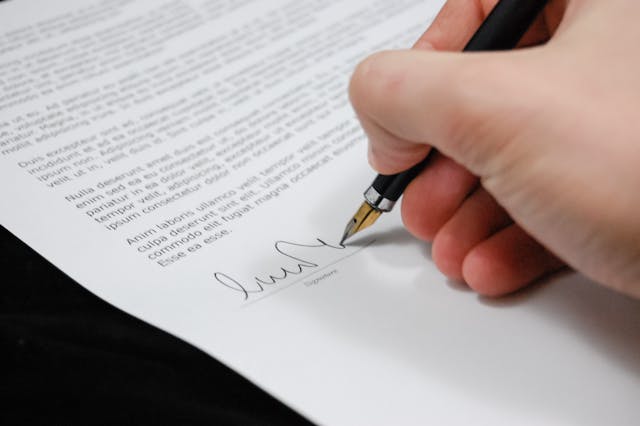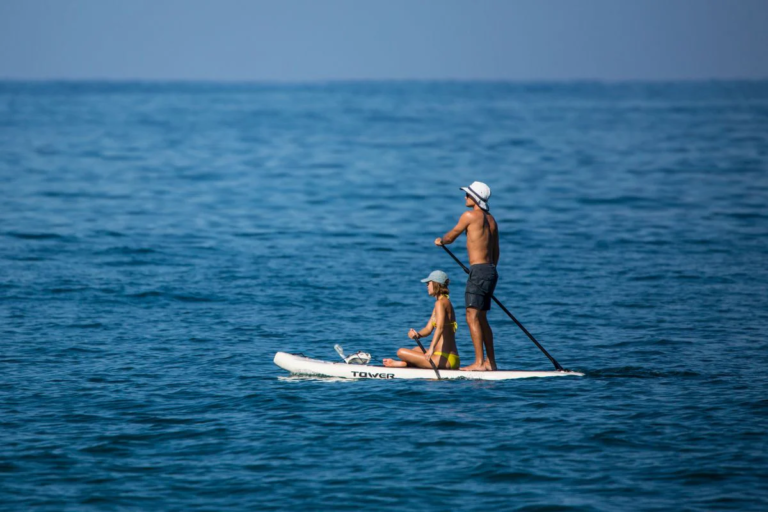Comparing Artificial Turf Options: What Orlando Residents Need to Know
Artificial turf has become an increasingly popular option for homeowners and businesses seeking low-maintenance and aesthetically pleasing lawns. With advancements in technology, the variety of artificial turf products has expanded significantly, offering numerous options based on material, durability, and application. Understanding the differences between these options can help Orlando residents make an informed decision that best suits their needs.
Artificial turf is made from several materials, each with unique characteristics that impact performance and feel. The most common materials in turf production are polyethylene, polypropylene, and nylon. Polyethylene turf is popular due to its softness and natural appearance, making it an excellent choice for residential lawns and areas where children and pets play. It mimics the look and feel of natural grass while providing a comfortable surface.
Polypropylene turf is typically less expensive than polyethylene and is often used for decorative purposes. While it can still look aesthetically pleasing, it is not as durable as other options and may not withstand heavy foot traffic over time. This turf type is best suited for areas with minimal use or decorative installations where appearance is more critical than durability.
Nylon is the most robust and durable material used in artificial turf manufacturing. It can withstand heavy foot traffic and extreme weather conditions, making it ideal for commercial applications and sports fields. However, nylon turf tends to be more expensive and can feel stiffer compared to polyethylene and polypropylene options. Despite the higher cost, nylon turf may be the best choice for residents seeking a long-lasting solution for high-traffic areas.
Durability is crucial when selecting artificial turf, especially in a climate like Orlando’s, where the weather can be harsh and unpredictable. UV stability, resilience to wear and tear, and resistance to moisture and mold are essential attributes that contribute to the turf’s longevity.
Polyethylene turf, while soft and natural-looking, offers good durability and UV stability, making it suitable for sunny and warm climates. It can resist fading and retain its color even after prolonged exposure to sunlight. However, its durability can vary based on the quality of the product, so it is essential to choose a high-quality polyethylene turf for long-lasting performance.
Polypropylene turf is less durable and more susceptible to wear and tear and UV degradation. It may fade and lose its integrity faster than polyethylene and nylon options, making it less suitable for areas with high foot traffic or constant sun exposure. Polypropylene turf may require more frequent replacement or maintenance.
Nylon turf is durable and can endure heavy usage without showing signs of wear. Its robust fibers can withstand significant stress, making it ideal for sports fields, playgrounds, and commercial landscapes. Additionally, nylon turf offers excellent resistance to mold and mildew, which is beneficial in Orlando’s humid environment. Despite its higher cost, the long-term durability of nylon turf can provide a worthwhile investment for those needing a resilient and long-lasting artificial lawn.
The intended application of artificial turf plays a significant role in determining the best product for residents. Residential lawns, commercial properties, sports fields, and playgrounds have different requirements that can influence the choice of material and turf characteristics.
Polyethylene turf is often the preferred choice for residential applications due to its soft texture and realistic appearance. It provides a comfortable and safe surface for children and pets while enhancing the home’s curb appeal. Additionally, homeowners can select from various pile heights and densities to achieve their lawns’ desired look and feel.
Commercial properties, such as office buildings and retail spaces, benefit from nylon turf’s durability and low maintenance. Its ability to withstand heavy foot traffic and harsh weather conditions makes it a practical solution for areas where appearance and functionality are equally important.
Sports fields and playgrounds demand the highest durability and resilience, making nylon turf the ideal option. Its robust fibers and resistance to wear and tear ensure a safe and reliable playing surface that can endure intense activity and adverse weather conditions.
When comparing artificial turf options, residents must consider material composition, durability, and intended application to make an informed decision. Polyethylene turf offers a natural appearance and comfort suitable for residential lawns, while polypropylene provides an economical solution for decorative uses. Nylon turf stands out for its exceptional durability and resilience, making it the best choice for high-traffic and commercial applications. By understanding these differences, homeowners and businesses in Orlando, FL, can select the ideal artificial turf product to meet their needs and preferences.
Stay in touch to get more news & updates on franciscotribune.com!
